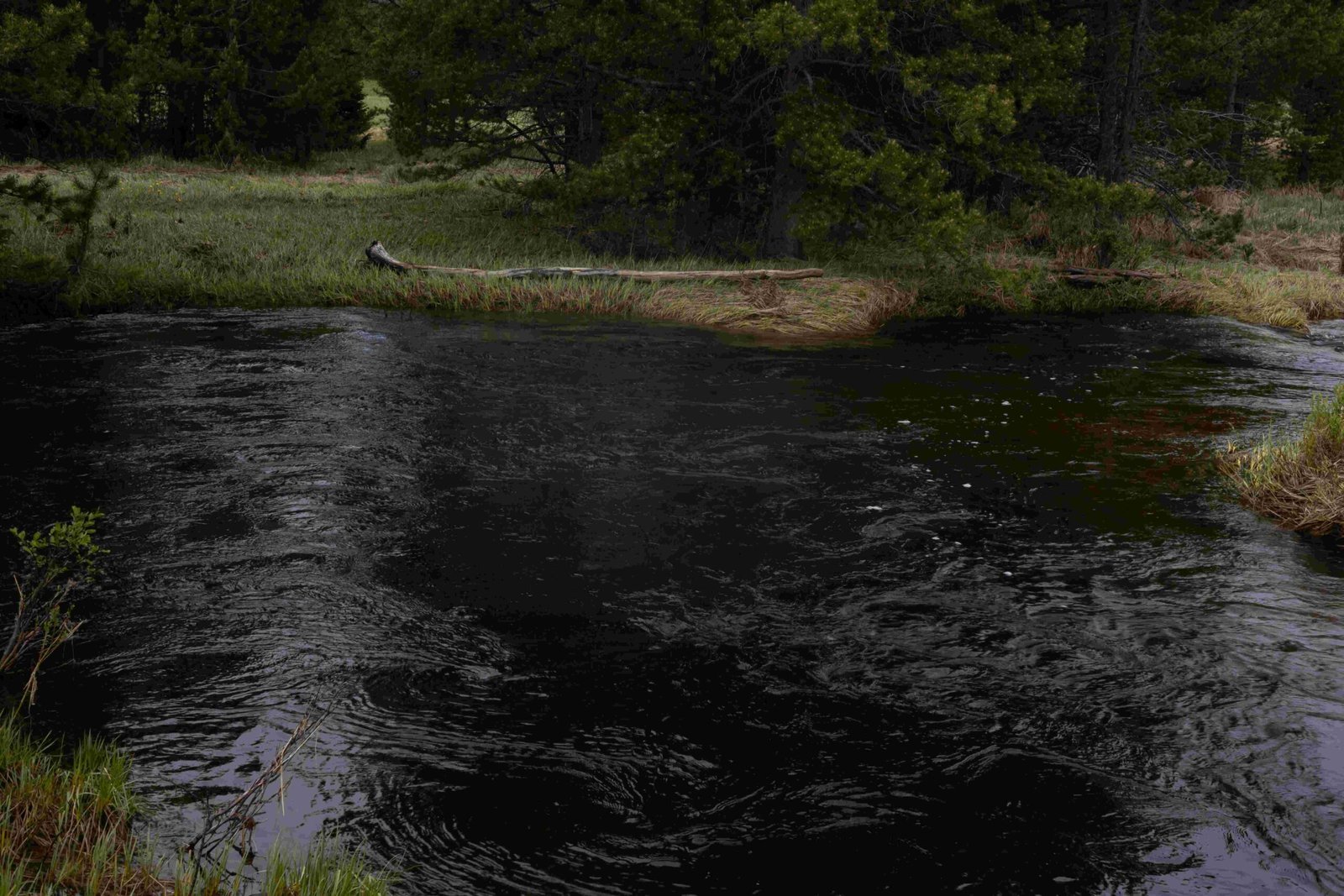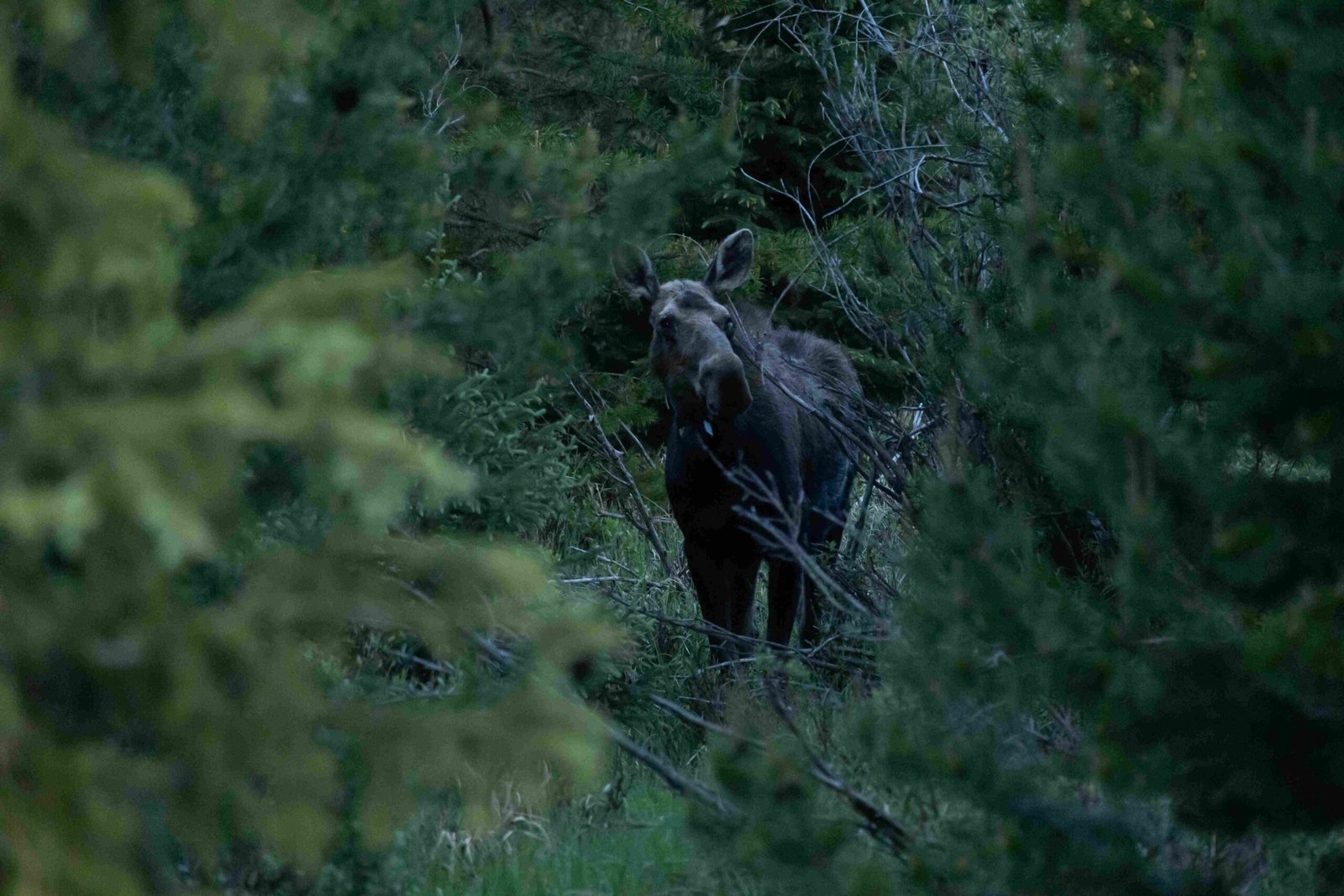Rocky Mountain National Park’s wildflower forecast for 2023 promises an exceptional bloom season. Due to a cold, wet winter and spring with above-average precipitation, the peak bloom is expected to be delayed by about two weeks. This delay means the High Country will experience its most vibrant display around late July, offering visitors a spectacular array of colors and species across various elevations and habitats within the park.
What is the Current Rocky Mountain National Park Wildflower Forecast for 2023?

The 2023 wildflower season in Rocky Mountain National Park is anticipated to be one of the best in recent years. Here’s what visitors can expect:
- Peak bloom delay of approximately two weeks
- Exceptional diversity and abundance of wildflowers
- Extended viewing season due to favorable weather conditions
The delayed peak bloom means that while lower elevations may see early blooms, the High Country will showcase its floral splendor later in the season, around late July. This timing offers visitors a unique opportunity to experience a prolonged and varied wildflower display throughout the park.
When is the Best Time to See Wildflowers in Rocky Mountain National Park?

The wildflower blooming schedule in Rocky Mountain National Park varies by elevation and species:
- Early Season (Late May to Early July):
- Lower elevations: Lupines and yarrows begin to bloom
-
Higher elevations: Alpine forget-me-nots and calypso orchids make their appearance
-
Peak Season (Late July to Early August):
- Mid to high elevations: Columbines, paintbrushes, and goldenrods reach full bloom
-
This period typically coincides with the Fourth of July weekend
-
Late Season (August to September):
- Higher elevations: Last alpine flowers bloom before fall
- Lower elevations: Some species continue blooming, but with decreased variety and intensity
What Are the Most Common Wildflower Species in Rocky Mountain National Park?
Rocky Mountain National Park boasts over 900 species of wildflowers. Here’s a guide to some of the most notable and frequently encountered species:
| Species | Blooming Period | Characteristics |
|---|---|---|
| Columbine (Aquilegia saximontana) | Mid to late summer | State flower of Colorado; blue, purple, and white varieties |
| Scarlet Paintbrush (Castilleja miniata) | Mid to late summer | Bright red and yellow flowers |
| Lupine (Lupinus spp.) | Late spring to early summer | Tall spikes of colorful flowers |
| Alpine Forget-me-not (Myosotis alpestris) | Early season | Found in high alpine areas |
| Calypso Orchid (Calypso bulbosa) | Early season | Delicate, colorful orchid flowers |
Where Are the Best Locations to View Wildflowers in Rocky Mountain National Park?
To maximize your wildflower viewing experience, consider these prime locations:
- High alpine ridges
- Lower montane meadows
- Bear Lake area
- Alberta Falls trail
- Alpine tundra above treeline
These areas offer diverse and vibrant wildflower displays, showcasing the park’s rich floral biodiversity.
What Accessibility Information Should Visitors Know?
- Many trails are accessible from the Estes Park Visitor Center
- Alpine tundra viewing may require higher elevation hikes
- Some locations offer short-distance walks on level terrain for easier access
How Can Visitors Prepare for Wildflower Viewing?
- Arrive early for parking, especially during peak season
- Dress in layers to accommodate cool nighttime temperatures
- Be prepared for sudden weather changes, common in mountain environments
- Stay on designated trails to protect the delicate alpine ecosystem
- Bring appropriate gear for hiking and photography
What Specific Challenges Might Wildflower Enthusiasts Face?
- Rapidly changing weather conditions
- Limited parking during peak season
- Altitude adjustment for those unaccustomed to high elevations
- Protecting fragile ecosystems while enjoying the flora
How Does Elevation Affect Wildflower Blooming Patterns?
Elevation plays a crucial role in the timing and distribution of wildflower blooms:
- Lower elevations (5,000-8,000 feet): Earlier blooms, typically starting in late May
- Mid elevations (8,000-10,000 feet): Peak blooms in mid to late July
- Alpine areas (above 10,000 feet): Latest blooms, often peaking in early August
This elevation-based blooming pattern allows for an extended wildflower viewing season throughout the park.
What Photography Tips Can Enhance Wildflower Captures?
- Use a macro lens for close-up shots of individual flowers
- Shoot during the ‘golden hours’ of early morning or late afternoon for optimal lighting
- Include landscape elements to provide context and scale
- Experiment with different angles to capture unique perspectives
- Be mindful of wind, using faster shutter speeds or waiting for calm moments
How Can Visitors Contribute to Wildflower Conservation?
Visitors play a vital role in preserving Rocky Mountain National Park’s wildflower ecosystems:
- Stay on designated trails to prevent soil erosion and plant damage
- Practice ‘Leave No Trace’ principles
- Avoid picking or collecting wildflowers
- Report any unusual plant conditions or invasive species to park rangers
- Participate in citizen science programs that monitor wildflower populations
By following these guidelines, visitors can help ensure the longevity and health of the park’s diverse wildflower habitats for future generations to enjoy.
References:
1. Wildflower – Rocky Mountain – National Park Service
2. Early Wildflowers of Rocky Mountain National Park – Rocky Mountain Conservancy
3. Colorado’s wildflower season should be one of the best ever, but it might come later than usual – Rocky Mountain PBS

